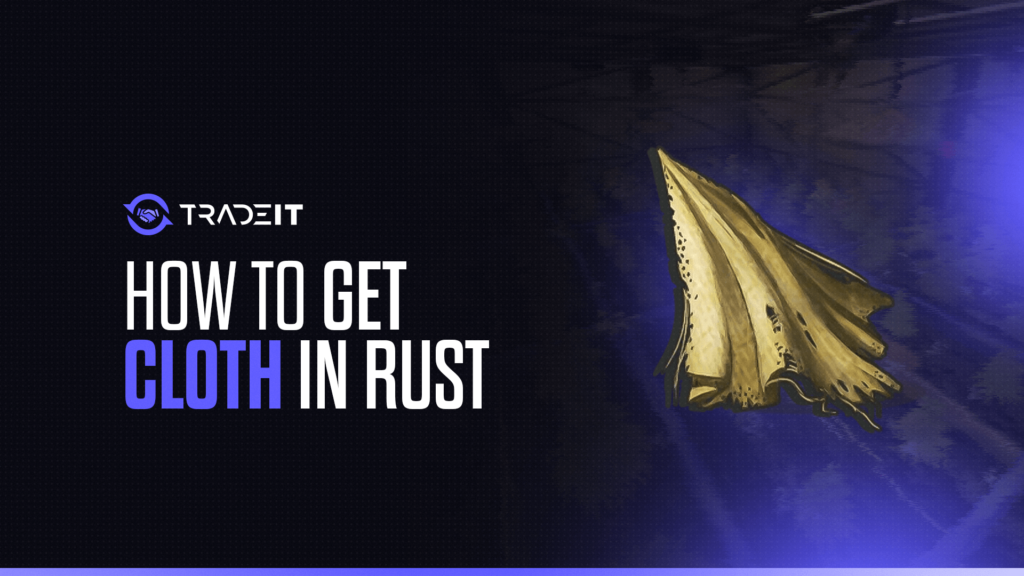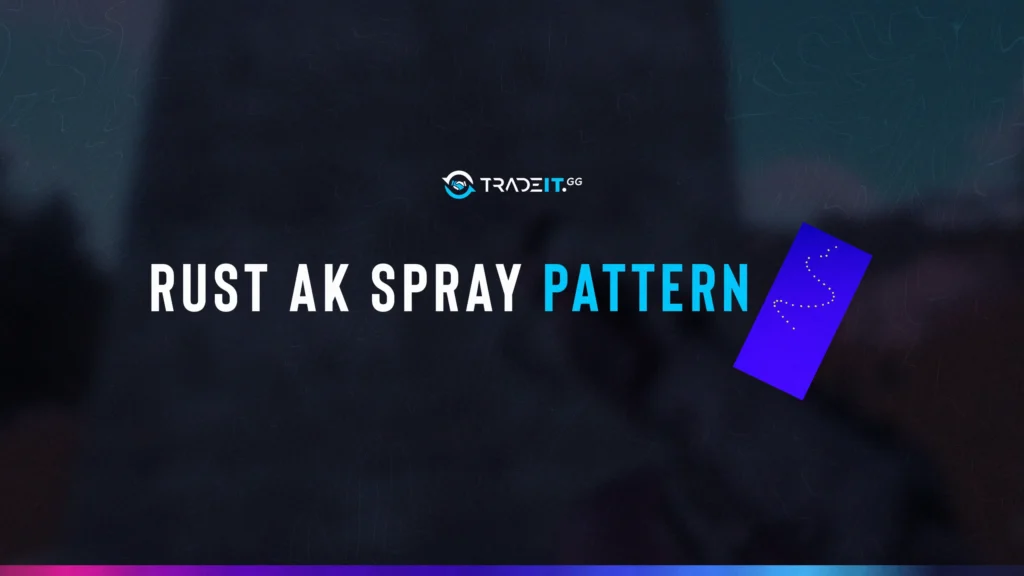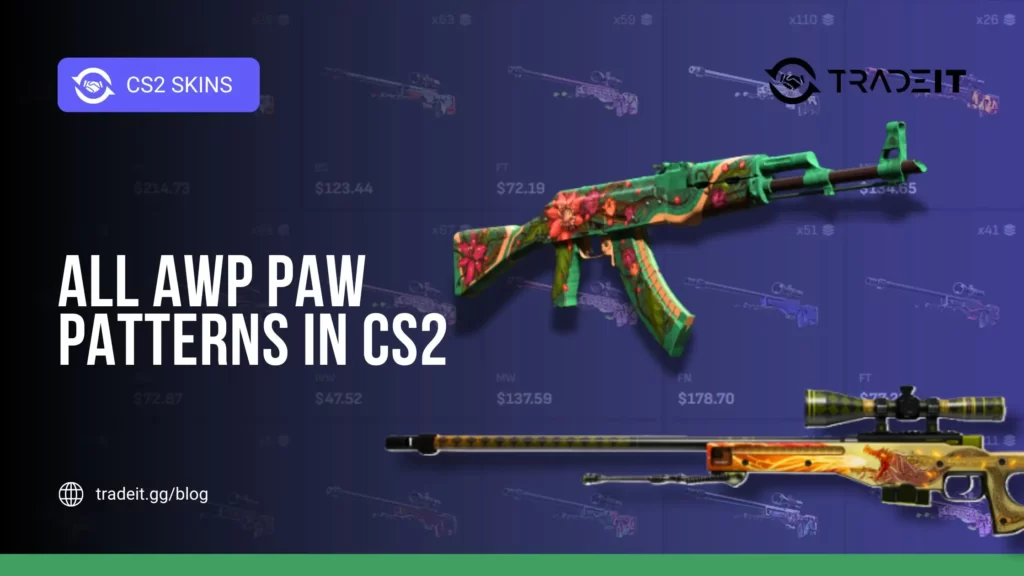When I first dove into Rust, one of the resources that really stood out to me was cloth. Whether you’re crafting clothing, bandages, or even rockets, cloth is essential. Let me walk you through how I efficiently gather cloth in the game.
1. Harvesting Hemp Plants
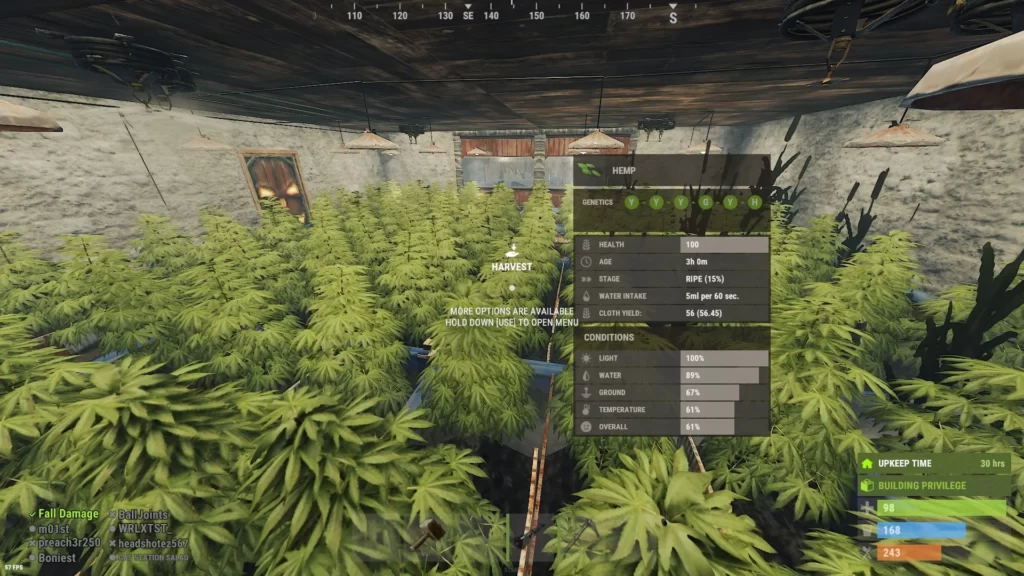
My go-to method for cloth is harvesting hemp plants. These green beauties are scattered all over the map, especially near forests and rivers. Here’s how I make the most of them:
- Find Hemp Plants: Look for tall, green plants with distinct leaves. They’re usually easy to spot during the day.
- Use the Right Tool: I prefer using a hatchet or pickaxe to gather hemp. It’s quicker and ensures you get the maximum yield.
- Harvesting Tips: Always aim to collect hemp when the plant is fully grown for the best results. Remember to respect the respawn timers to maintain a steady supply.
Also Check: Best Rust Server Mods
2. Hunting Animals for Hemp
Another reliable source to get cloth in Rust is hunting animals, particularly hemp rats. These critters drop hemp when defeated, providing a steady flow of cloth.
- Tracking Hemp Rats: I usually set up near livestock areas where hemp rats are more frequent.
- Efficient Hunting: Using a bow or rifle makes the hunt quicker and conserves ammunition.
- Processing Drops: Don’t forget to collect and process the hemp drops immediately to maximize your cloth gains.
3. Recycling and Looting
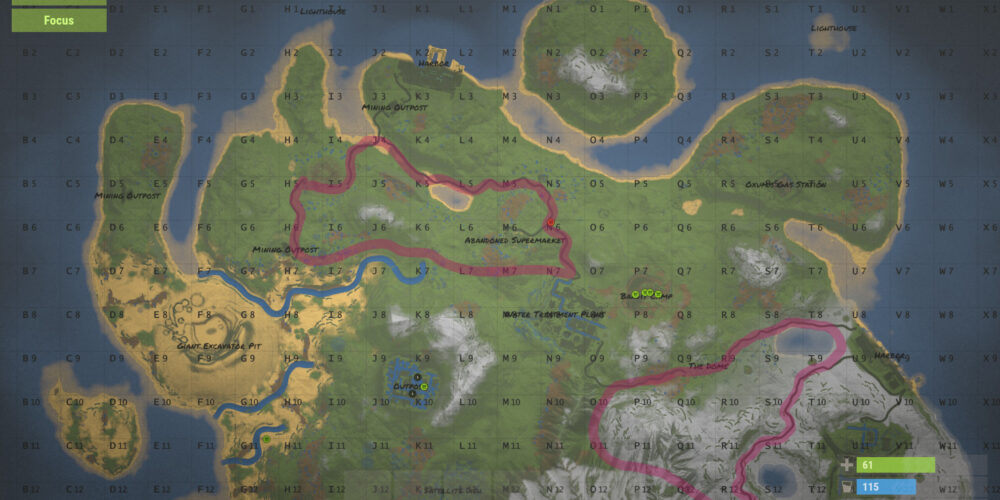
Sometimes, cloth can be found by recycling or looting existing structures and containers.
- Recycling Components: I often recycle items like bandages or tents to reclaim cloth.
- Looting Crates: Keep an eye out for crates and barrels in monuments and outposts. They frequently contain cloth or items that can be broken down into cloth.
Also Check: Rust Console Admin Commands
4. Trading with Other Players
Don’t underestimate the power of the Rust community. Trading can be a game-changer when you’re low on cloth.
- Bartering Essentials: I trade excess resources like scrap or metal fragments for cloth when needed.
- Building Alliances: Forming alliances with other players not only helps in trading but also in securing areas rich in resources.
5. Automating Cloth Production
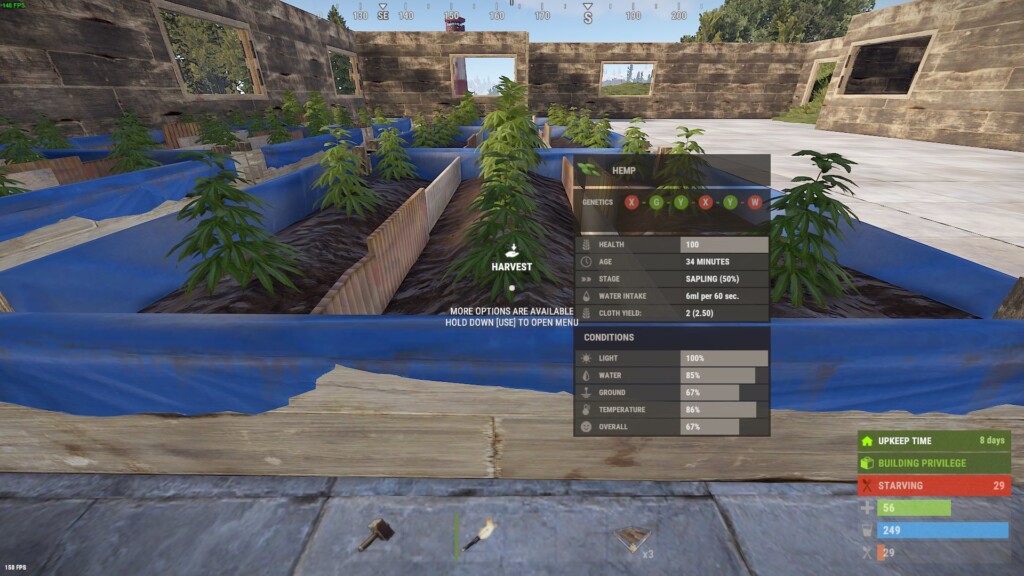
Once you’re a bit more established, automating cloth production can save you tons of time. Here’s how I set up efficient hemp farms:
a. Choosing the Right Location
I start by selecting a suitable location for my hemp farm. Ideally, it should be:
- Accessible: Close to my base to minimize travel time.
- Resource-Rich: Near water sources and forests to ensure easy access to hemp plants and other materials.
- Secure: Preferably within a fortified area to protect against raids.
Also Check: Best Rust Maps
b. Building Farming Plots
Next, I set up farming plots to cultivate hemp, for the grand purpose of getting cloth in Rust. Here’s the step-by-step process:
- Crafting Farming Plots:
- Use the Workbench to craft farming plots. I typically make several to expand my production capacity.
- Placing the Plots:
- I arrange the farming plots in a grid layout within my chosen area. This organization helps in managing the farm efficiently.
- Sowing Hemp Seeds:
- Gather hemp seeds from harvested plants or purchased from other players.
- Plant the seeds in each farming plot, ensuring they have enough space to grow.
c. Watering and Maintenance
Hemp plants require regular watering to thrive. Here’s how I manage it:
- Water Supply:
- I set up water sources like barrels or irrigation systems near the farming plots.
- Connect the water sources to the plots using pipes to automate the watering process.
- Regular Check-ups:
- Periodically inspect the plants to ensure they’re growing correctly.
- Remove any weeds or debris that might hinder growth.
Also Check: When Do Rust Server Wipe?
d. Harvesting Hemp
Once the hemp plants are fully grown, it’s time to harvest:
- Harvest Timing:
- I schedule harvesting during low-traffic times to avoid attracting unwanted attention from other players.
- Tools and Efficiency:
- Using a hatchet speeds up the harvesting process.
- I ensure to gather all the hemp before the plants reset to maximize yield.
e. Processing and Storage
After harvesting, processing hemp is crucial:
- Processing Hemp:
- I use a workbench to convert raw hemp into usable cloth.
- Storage Solutions:
- Store the processed cloth in secure containers within my base to prevent theft.
- Label containers for easy access and inventory management.
Also Check: How to Get Free Rust Skins?
6. Advanced Farming Techniques
To further optimize cloth production, I employ some advanced techniques:
- Automated Harvesters:
- Investing in harvesters can significantly reduce manual labor. These machines automatically collect hemp from the farming plots, freeing me up to focus on other tasks.
- Crop Rotation:
- I rotate different crops in my farming plots to maintain soil fertility and prevent plant diseases.
- Securing the Perimeter:
- Setting up turrets and fences around the farm protects it from raids and ensures uninterrupted production.
Also Check: Rust Map Guide
Final Thoughts
Gathering cloth in Rust doesn’t have to be a grind if you approach it strategically. By combining harvesting, hunting, recycling, trading, and especially automating your cloth production through well-organized hemp farms, I’ve managed to maintain a steady supply of cloth for all my crafting needs.
Frequently Asked Questions
I primarily gather cloth by harvesting hemp plants found near forests and rivers. Additionally, hunting hemp rats and looting containers provide reliable cloth sources.
To maximize cloth production, I set up multiple hemp farms and use efficient tools like hatchets. Automating the farming process ensures a steady and abundant supply.
After harvesting hemp, I process it at a workbench to convert it into cloth. The cloth then appears directly in your inventory, ready for crafting essential items.
Setting up a cloth farm involves establishing multiple farming plots, automating water supply, and securing the area with defenses. This system ensures continuous and efficient cloth production.


